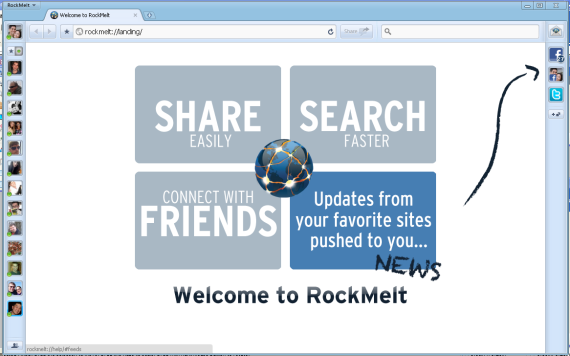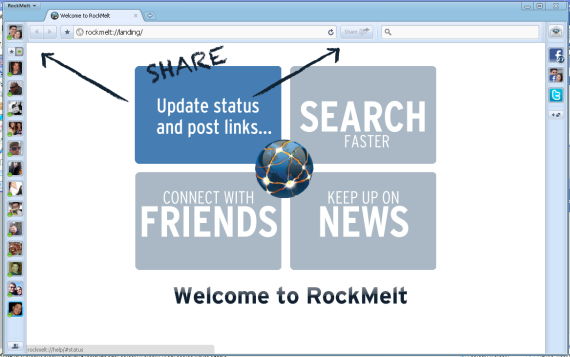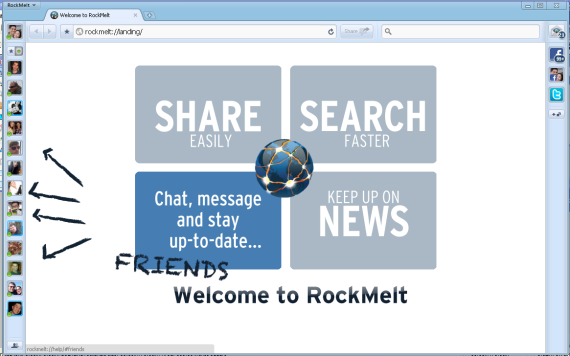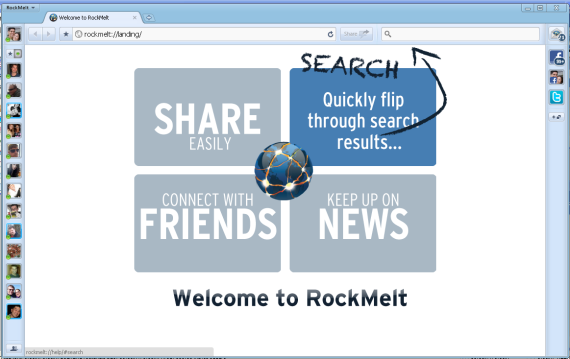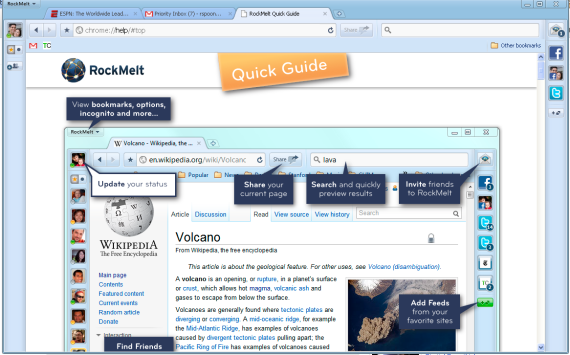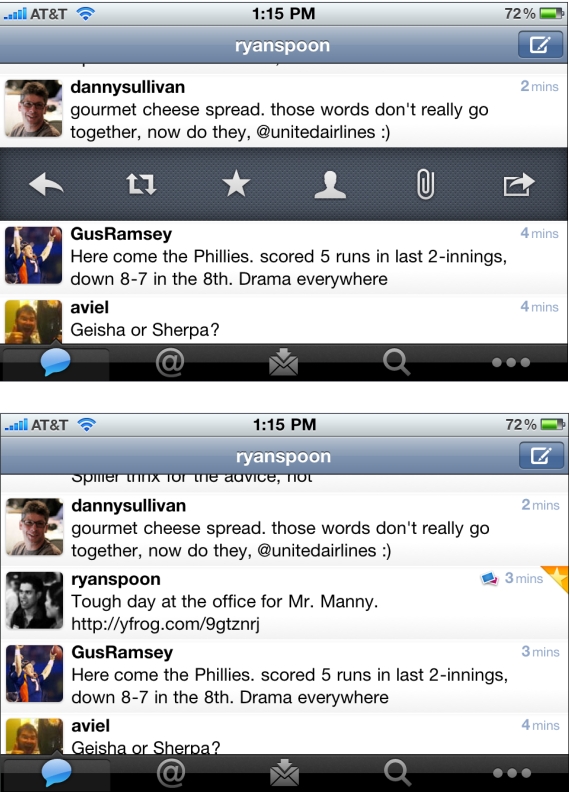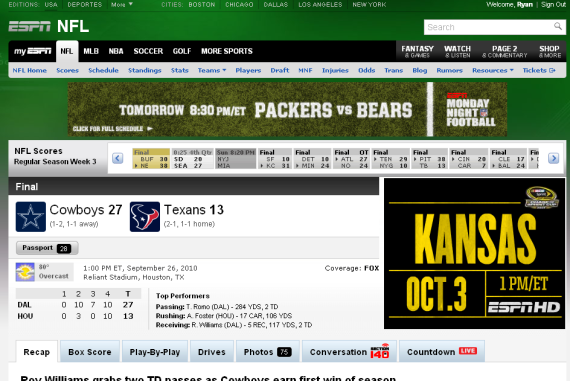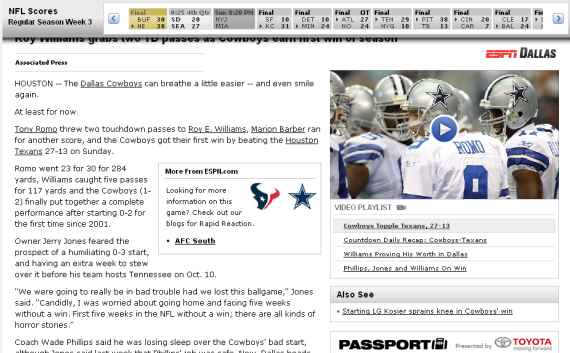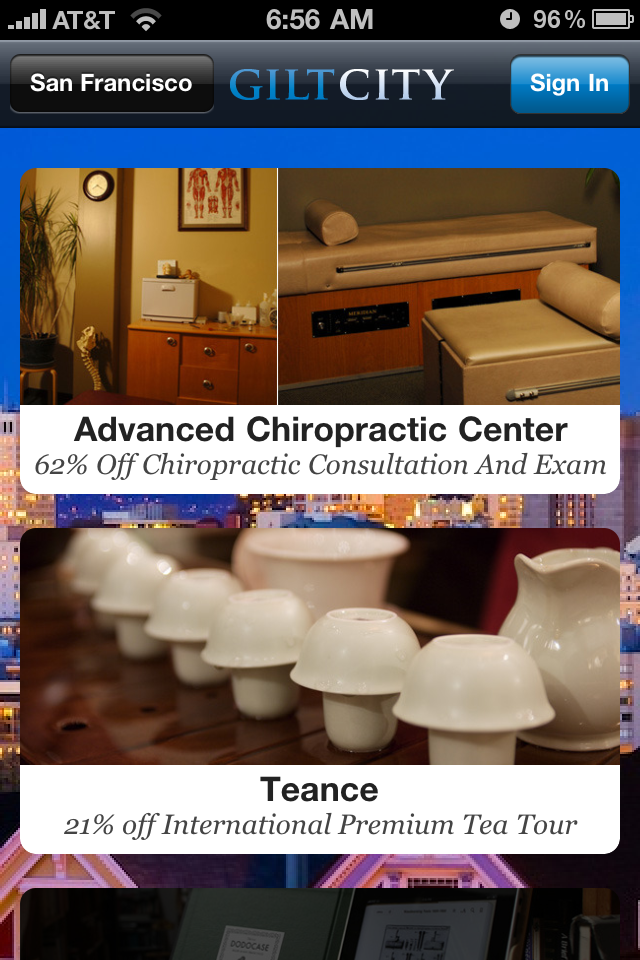Facebook has quickly become the largest sharing and storage platform for photos. It is in part because of the social desire to share, part because of the newsfeed and part because of the simple mobile integration.
The below screenshots should look familiar. First is a newsfeed preview of a photo gallery and below is a gallery's homepage. Both layouts are tiled and offer very little content / description (only available after the click or within comments):


The phenomenon of big, colorful tiles as a navigational system isn't new... but it certainly is more prevalent and seems to be popularized by services like Facebook. Here are a few more examples of different types. Remember that for each of these, the prior convention was typically top-to-bottom content / navigation:
- For content (news, blogs, etc) the mainstays focus on title / text and often move north / south
- For e-commerce, Amazon, eBay, etc move north/south (though are experimenting with new formats like the iPad)
Navigation
Here is Facebook's new navigation panel for Facebook Pages. Notice that it is entirely visual - there is no text or context (ie number of fans, description, etc)

Content Site
This is popular blog Good.is and, below that, a popular personal site HugsforMonsters.com. More and more blogging templates are moving this direction and it certainly redefines how you think about navigation on content sites.


E-commerce
Neither imagery nor horizontal browsing are new to e-commerce. But the trend seems to be larger, more interactive images with the content (description, ratings, etc) reserved for the product details page




